Imagine walking into your living room and hearing a burst of familiar laughter—only to realize it’s coming from your pet parrot. This remarkable ability to mimic human sounds, including our distinctive laughter, isn’t just a party trick but a fascinating window into avian intelligence and social behavior. Parrots rank among nature’s most skilled vocal impersonators, capable of reproducing an astonishing range of sounds from their environment. Their imitation of human laughter represents a particularly interesting phenomenon that combines cognitive abilities, social bonding, and evolutionary adaptations. In this article, we’ll explore the science behind why certain parrots develop this amusing habit, what it reveals about their intelligence, and how it affects the human-parrot relationship.
The Exceptional Vocal Apparatus of Parrots

Unlike most birds that possess a standard syrinx (bird voice box), parrots have evolved a particularly sophisticated vocal mechanism. Their syrinx sits at the junction of the trachea and bronchi, giving them extraordinary control over sound production. Parrots also possess a thick, muscular tongue and specialized brain regions dedicated to vocal learning. This unique anatomical configuration allows them to manipulate sounds with remarkable precision, breaking down complex acoustic patterns like human laughter into reproducible components. Additionally, their hearing is finely tuned to detect subtle variations in tone and rhythm, essential for accurate mimicry of the nuanced patterns in human laughter.
Vocal Learning: A Rare Evolutionary Trait

Vocal learning—the ability to modify vocalizations based on auditory experience—is surprisingly rare in the animal kingdom. Among birds, it’s primarily found in three groups: songbirds, hummingbirds, and parrots, with parrots demonstrating the most sophisticated abilities. This trait evolved independently in these groups and shares striking parallels with human language acquisition. Parrots possess specialized brain circuits known as “song nuclei” that enable them to learn and reproduce new sounds throughout their lives. Unlike many other vocal learners that have a critical period for sound acquisition, many parrot species maintain this neural plasticity into adulthood, allowing them to continually add new sounds—including different types of human laughter—to their repertoire even as mature birds.
Social Bonding Through Acoustic Mimicry

Parrots are highly social creatures that naturally form strong bonds within their flocks in the wild. This social nature has been redirected toward humans in captivity, where parrots often view their owners as flock members. Mimicking laughter serves as a social bonding mechanism, allowing the parrot to participate in what it perceives as flock vocalizations. Research has shown that parrots are more likely to imitate sounds made by humans they’ve bonded with, suggesting an emotional component to their mimicry. When a parrot imitates its owner’s distinctive laugh, it’s engaging in a form of social synchrony that strengthens the cross-species relationship, similar to how wild parrots use shared vocalizations to maintain group cohesion.
The Role of Positive Reinforcement

Human reactions to a parrot’s imitations play a crucial role in which sounds the bird chooses to reproduce. When a parrot mimics laughter and receives an enthusiastic response—perhaps laughter in return, verbal praise, or treats—the behavior is reinforced through classical conditioning. This positive feedback loop encourages the parrot to repeat the imitation more frequently. Interestingly, studies have shown that sounds that elicit strong emotional reactions from humans are more likely to be incorporated into a parrot’s vocal repertoire. Since laughter typically generates pronounced positive reactions from humans, it becomes a high-value sound for parrots to reproduce, leading to the behavior being quickly learned and frequently displayed.
Species Variations in Mimicry Abilities

Not all parrot species are equally skilled at mimicking human laughter or other sounds. African Grey parrots are widely considered the most accomplished mimics, capable of reproducing human speech and laughter with uncanny accuracy. Amazon parrots, particularly Yellow-naped and Double Yellow-headed varieties, are also exceptional imitators with a natural tendency toward laughter mimicry. Cockatoos, despite their vocal abilities, tend to be less precise in their imitations but may incorporate laughing sounds into their repertoire. In contrast, smaller parrots like budgerigars (budgies) can mimic speech but typically reproduce laughter less convincingly due to the limitations of their vocal apparatus. These differences stem from variations in brain structure, vocal anatomy, and evolutionary history among parrot lineages.
Contextual Understanding: Do Parrots Know They’re “Laughing”?

A fascinating question is whether parrots understand the context of human laughter or simply reproduce the sound pattern. Current research suggests that while parrots may not comprehend humor as humans do, some species show evidence of contextual learning. For instance, some African Greys and Amazons have been observed reproducing laughter in situations similar to when their owners laugh, suggesting they’ve made an association between the sound and specific contexts. In one documented case, a parrot would “laugh” when something fell or when someone tripped—events that typically triggered laughter in household members. However, researchers caution against anthropomorphizing these behaviors, as the parrot’s understanding likely differs fundamentally from human comprehension of humor and laughter.
The Neurological Basis of Parrot Mimicry

The parrot brain contains specialized neural pathways dedicated to vocal learning and production that bear striking similarities to those found in humans. Core to this ability is a brain region called the “nidopallium,” which functions somewhat analogously to parts of the human cerebral cortex involved in speech. Neuroimaging studies have revealed that when parrots listen to human vocalizations like laughter, these specialized brain regions show increased activity as they process and store the acoustic patterns. When reproducing these sounds, the parrot’s brain activates motor neurons that precisely control its vocal apparatus to recreate the sound. This sophisticated neural architecture allows parrots to capture not just the basic sound of human laughter but often the distinctive qualities that make an individual’s laugh unique.
Environmental Influence on Laughter Mimicry

The household environment significantly influences which sounds a parrot chooses to imitate. Parrots in homes where laughter is frequent—perhaps due to comedy shows on television, regular gatherings of friends, or simply a family that laughs often—are much more likely to incorporate laughter into their vocal repertoire. Research indicates that sounds heard consistently during a parrot’s formative years have a higher probability of being mimicked. Interestingly, the acoustic properties of the home environment also matter; rooms with certain acoustic qualities may enhance a parrot’s ability to clearly hear and subsequently reproduce laughter. Additionally, multiple studies have shown that parrots in enriched social environments with varied auditory stimulation develop larger and more diverse vocal repertoires than those in more isolated or acoustically monotonous settings.
The Evolutionary Advantage of Vocal Mimicry

Scientists believe the evolution of vocal mimicry in parrots served several adaptive functions in their natural habitats long before human interaction. In the wild, this ability likely facilitates recognition between mates and identification of flock members through distinctive calls. It may also serve a territorial function, as parrots can incorporate the warning calls of other species to enhance their defensive communications. Some researchers propose that vocal flexibility allowed ancestral parrots to adapt more quickly to new environments by incorporating novel acoustic signals. When applied to captive settings, this evolutionary adaptation finds new expression in mimicking human sounds, with laughter being particularly salient due to its distinctive acoustic pattern and social significance.
Individual Personality and Mimicry Tendencies
Just as humans have distinct personalities, individual parrots show marked differences in their propensity for vocal imitation, including laughter. Some birds seem naturally inclined toward mimicry, eagerly incorporating new sounds into their repertoire, while others of the same species might show little interest despite identical environmental exposure. Avian behaviorists have observed correlations between certain personality traits—such as boldness, sociability, and curiosity—and mimicry aptitude. A long-term study of African Greys found that those scoring higher on measures of exploratory behavior and social engagement were significantly more likely to develop extensive mimicry skills, including accurate reproduction of human laughter. These individual differences highlight the complex interplay between genetics, early development, and environment in shaping a parrot’s vocal behaviors.
The Therapeutic Value of Parrot Laughter

The phenomenon of parrots mimicking human laughter can have unexpected therapeutic benefits for their owners. Mental health professionals have noted that the spontaneous “laughter” of a pet parrot often triggers genuine amusement and positive emotional responses in humans. In several documented cases, parrots in therapy settings have used mimicked laughter to engage withdrawn patients, creating moments of connection that therapists could then build upon. The unpredictable nature of when a parrot might deploy its laughing imitation adds an element of surprise that can break through emotional barriers. Additionally, laughter—even when initiated by a mimicking parrot—triggers the release of endorphins and reduces stress hormones in the human brain, creating a mutually beneficial interaction between bird and owner.
Teaching Parrots to Laugh: Ethical Considerations

While many parrot owners enjoy their birds’ laughter imitations, the deliberate teaching of this behavior raises ethical questions within the avian welfare community. Experts caution against training methods that involve startling or distressing a bird to elicit owner laughter that the parrot might then mimic. Instead, positive reinforcement approaches—where the bird is rewarded for approximations of the desired sound—are considered more humane. Avian behaviorists recommend considering whether encouraging specific vocalizations serves the bird’s welfare or merely human entertainment. It’s also important to recognize that extensive mimicry training may come at the expense of allowing the parrot to develop its natural species-specific vocalizations, which serve important functions in their psychological well-being. Ethical ownership involves balancing appreciation for the parrot’s mimicry abilities with respect for its nature as a wild animal.
Conclusion

The ability of certain parrots to mimic human laughter represents a fascinating intersection of evolutionary adaptation, neurological specialization, and social bonding. Far from being mere mimics, parrots that reproduce human laughter are engaging in complex behavioral and cognitive processes shaped by both their natural history and their relationships with humans. This behavior offers us a unique window into avian intelligence while creating meaningful connections across species boundaries. As we continue to study these remarkable birds, their laughter imitations remind us that the capacity for vocal learning—something we often consider uniquely human—has evolved independently in these feathered companions, creating unexpected moments of shared joy between very different minds. Whether laughing with us or at us, these vocal acrobats demonstrate the remarkable plasticity of the avian brain and the deep social bonds that can form between humans and their parrot companions.





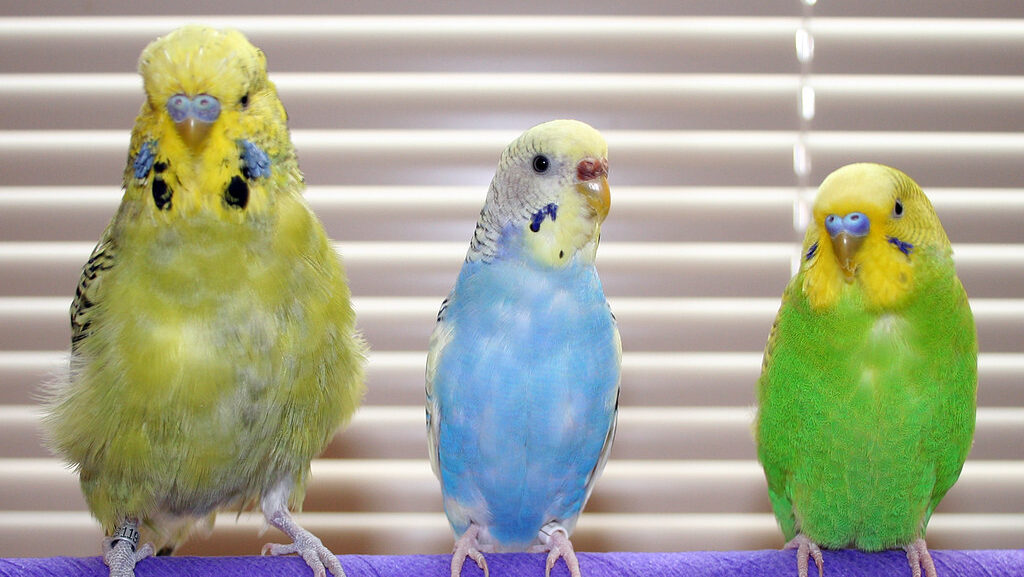
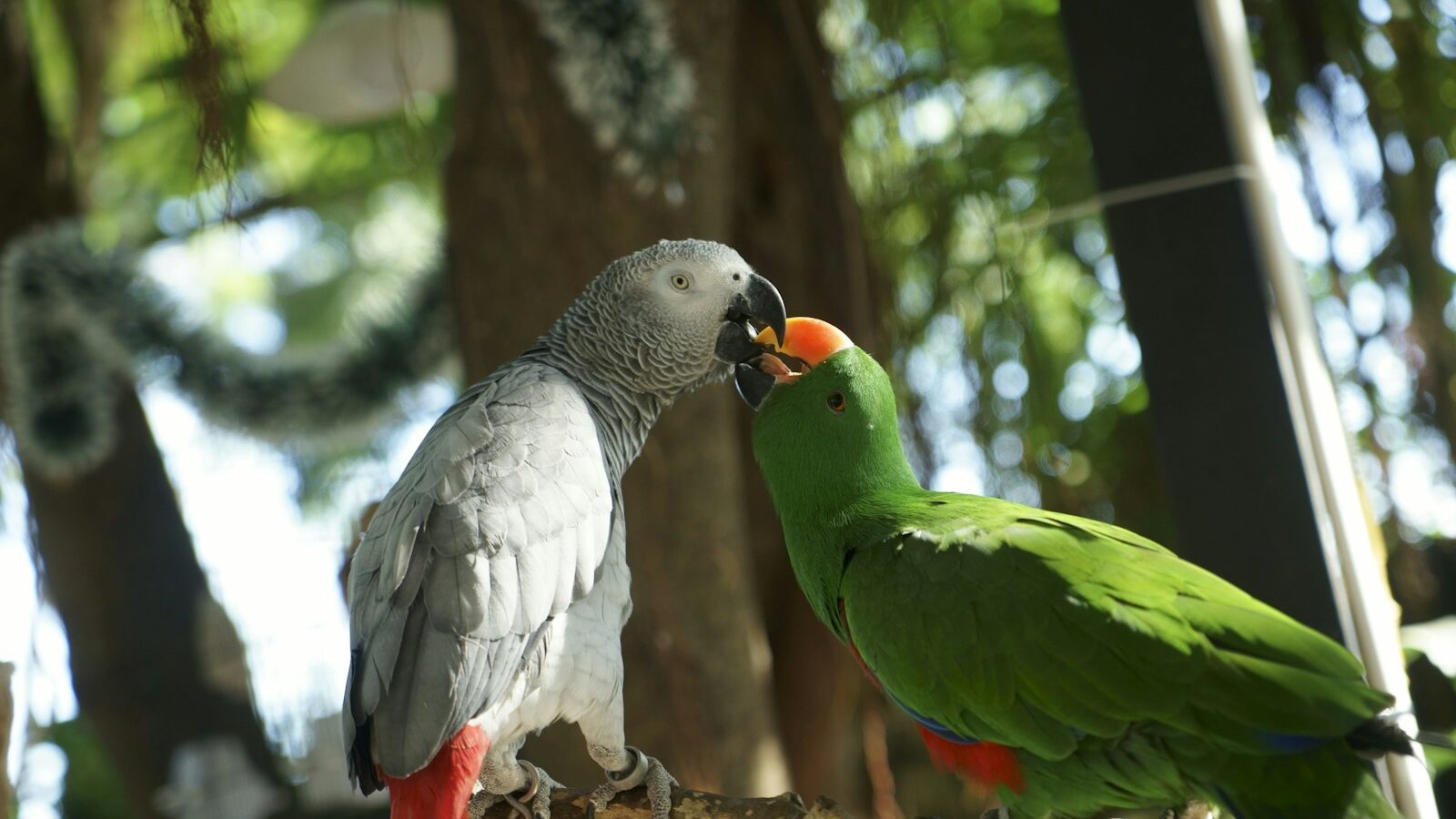

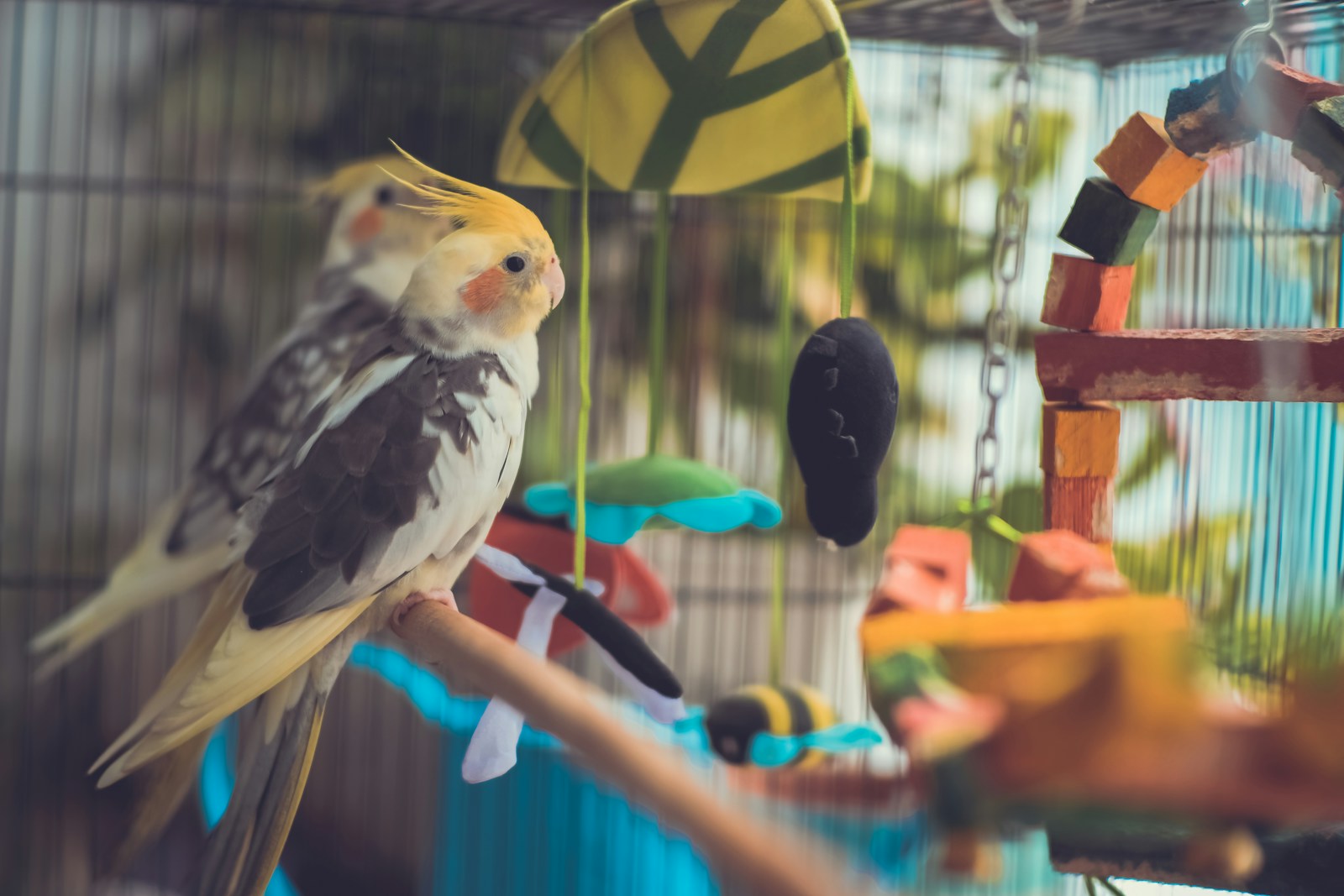
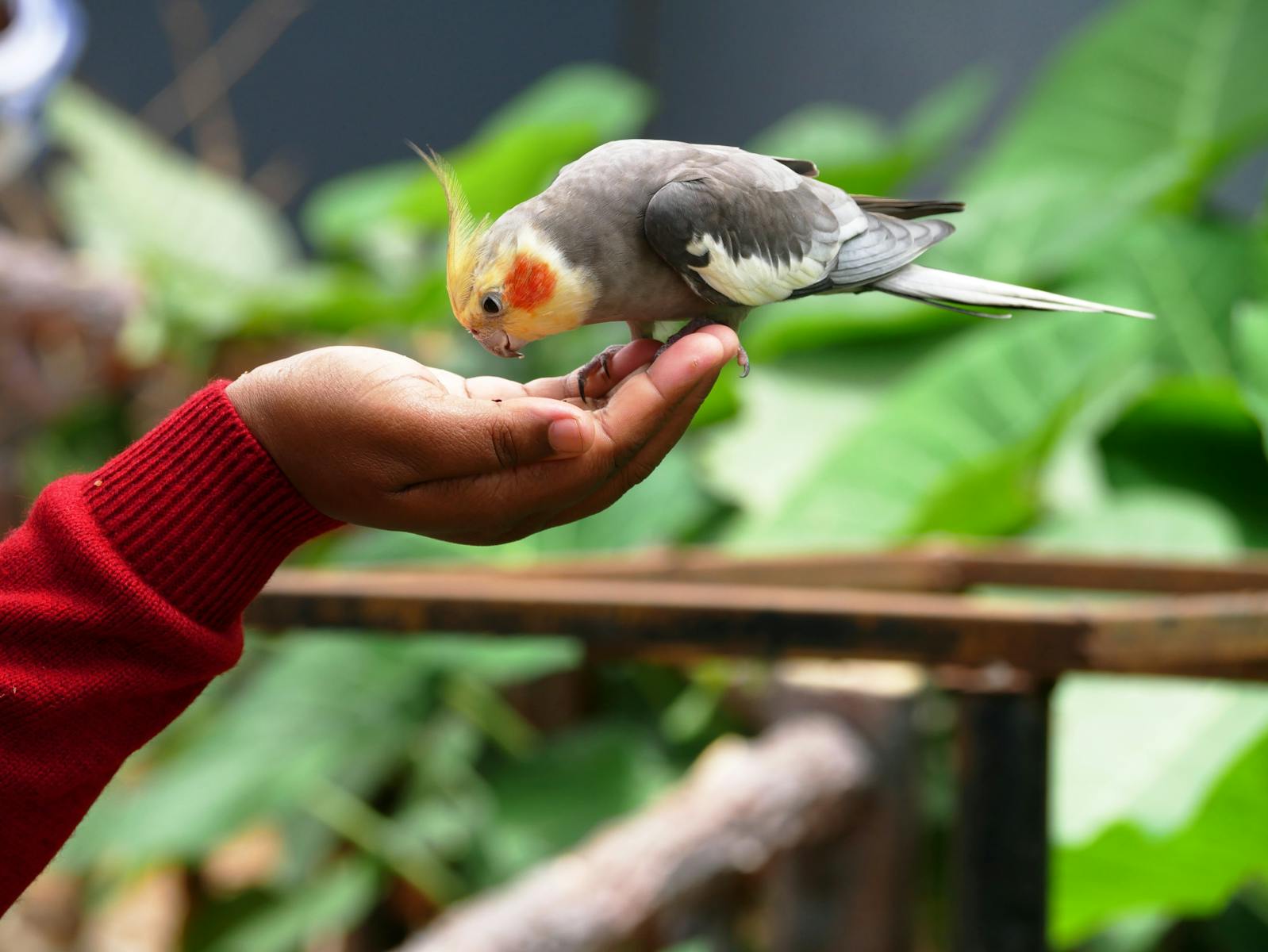
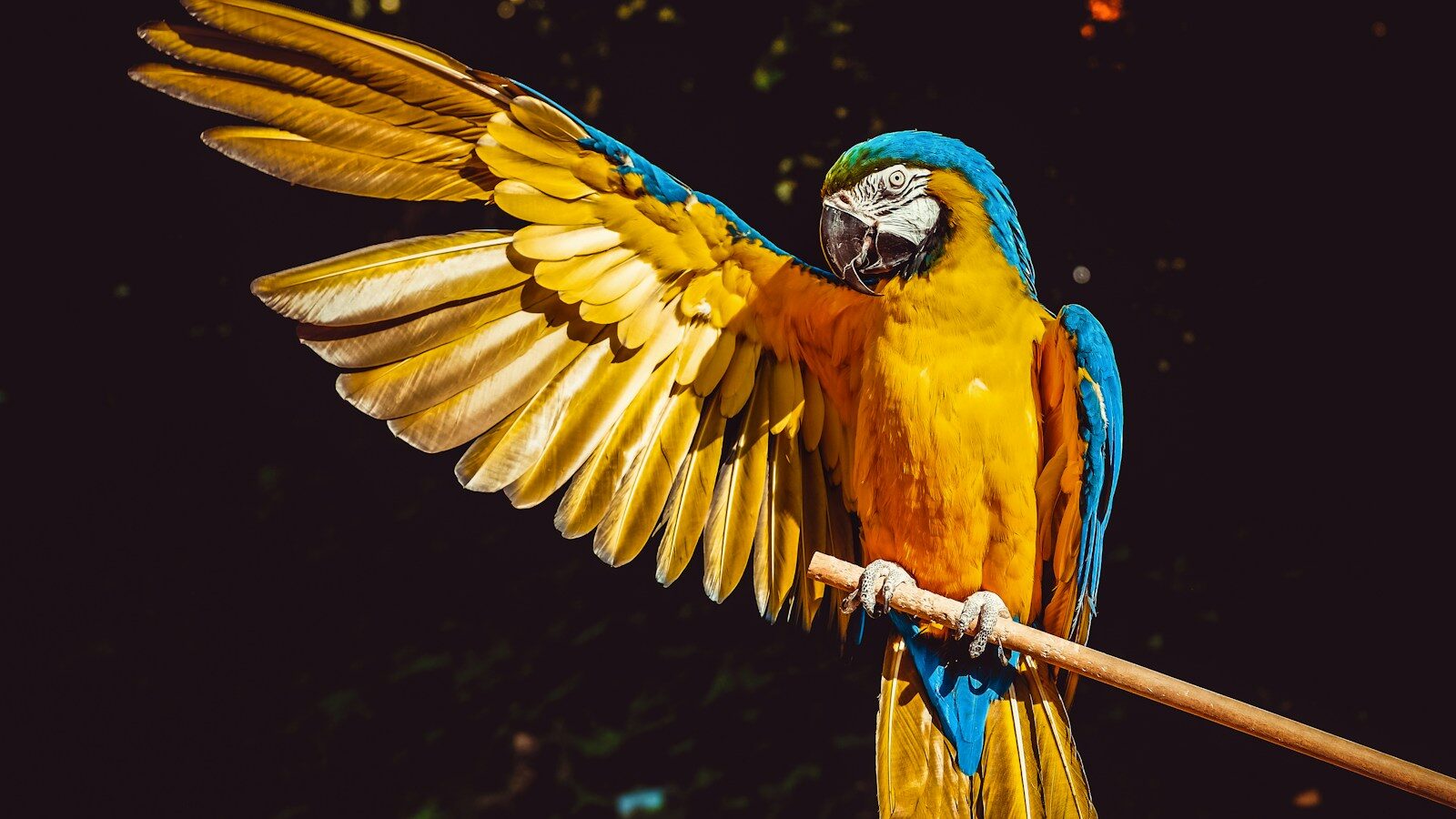




Leave a Reply